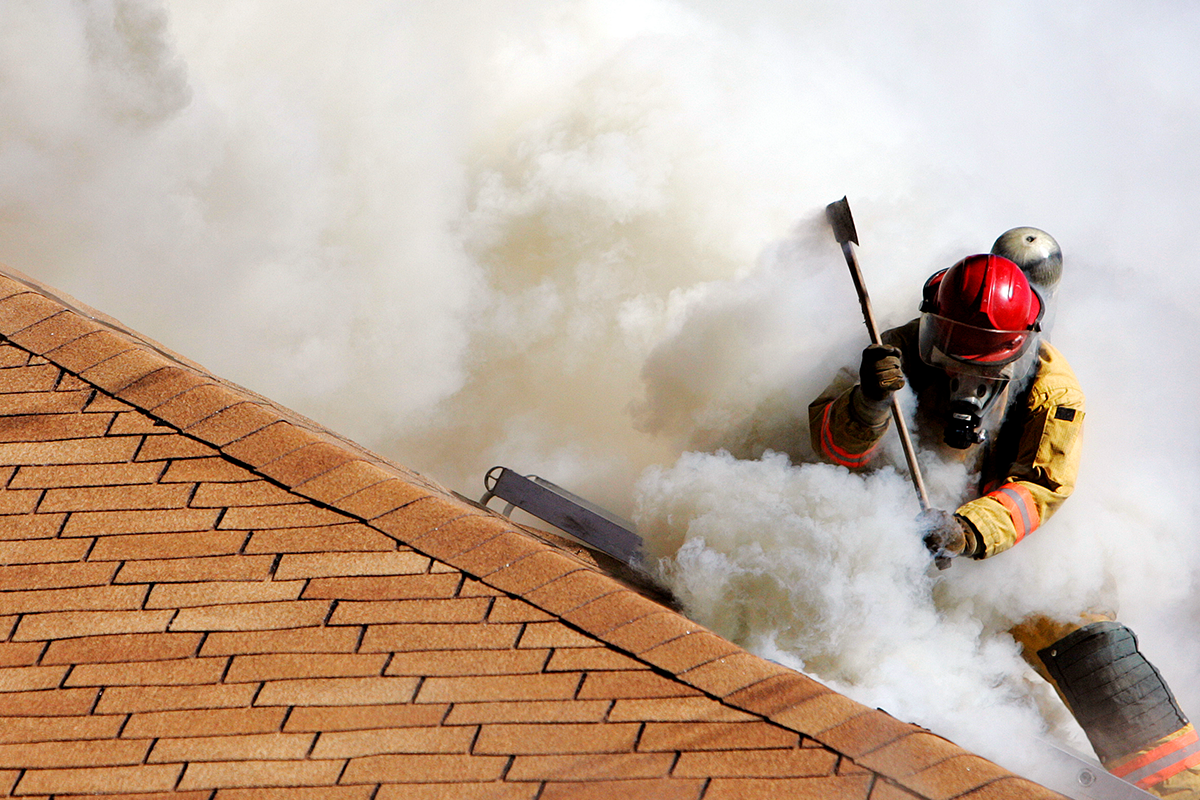UL3741 is Not Just Better. It’s Also Cheaper! You can save as much as $0.22 per watt!

This post was written by Josh Weiner, Solar Expert Witness & Solar Engineering Expert. Mr. Weiner has been at the forefront of the solar industry for over 20 years and is an industry leader on solar engineering. Josh’s expertise spans both in-front of and behind-the-meter applications including residential, commercial & industrial, utility, grid-scale, solar storage, and ev charging.
 Highlights
Highlights
Last year, we asked several Authority Having Jurisdictions (AHJs) about Underwriters Laboratory (UL)3741 – a code that defines safety protocols for rapid-shutdown PV arrays. Although the latest version of the standard is from December 8, 2020, several AHJs across the country had yet to adopt the 2020 NEC at the time we shared that blog. Now that we’re nearly three years removed from the introduction of UL3741, we thought it would be a great time to revisit this topic.
As you may already know, the purpose of UL3741 is to protect firefighters from electric shock on rooftops with solar panels. While similar safety standards have been in place for years, what differentiates UL3741 is its evaluation for product safety standards when a firefighter is on a building with PV. Because firefighters can’t necessarily protect the PV equipment when doing their jobs, these modules are subject to break. When this happens, electrical conductors can be damaged, which exposes the firefighter to potentially fatal conditions.
To achieve UL3741 certification, PV systems need to pass tests that simulate what happens when firefighters fall on damaged equipment. This also accounts for their standard personal protective equipment, the tools they use to put out fires, and their fire-proof chemicals.
However, the benefits of UL3741 go beyond firefighter safety. This new standard can also open doors for cost management by as much as $0.22 per watt. In this blog, we’ll walk you through the cost advantages of UL3741 and how you can get this certification. For more information on the UL3741 evaluation process, contact us to learn how we can help.
UL3741 Can Help Manage Costs
The key benefit of UL3741 for contractors is that it allows for new approaches to streamline construction. Before this standard, contractors had to work around rapid shutdown requirements that were both costly and time intensive. For a bit of context, the previous code required all installers to use module-level power electronics that could reduce each module’s voltage to 80 volts or less within 30 seconds. This may not be the biggest deal in the world for smaller residential solar systems, but it often creates a much more expensive issue for large, commercial rooftops.
Now with UL3741, the solar industry finally has more control over the cost of these systems, because the code allows for solutions that use fewer Module-Level Power Electronics (MLPE). Now, we’re able to create beyond the limitations of MLPE and consider alternative approaches for addressing firefighter safety. This is a major step forward, because it gives us more flexibility to comply with standards while also being more efficient and cost conscious. It’s a win for everyone.
Now that it’s no longer necessary to buy individual rapid-shutdown modules for each solar panel, we estimate a cost savings of around $0.22 per watt, not including any incremental labor savings. When all of this is added together, it can really make a significant difference! Not to mention, there are fewer components that have the potential to fail.
How to Get UL3741 Certified
To get certified, we’re finding that you need to consider the following.
- Racking and inverters should be tested and listed together. Right now, PanelClaw and Sollega are compiling a list for all inverters, including Chint, SMA, Sungrow, Solectria, Fronius, and more.
- The arrays should be less than 150′ x 150′. In addition, the wire must stay within the control boundary between the arrays and subarrays, or you’ll need to put additional inverters and racking at the control boundary.
- The goal is to keep the arrays as rectangular as possible to maintain the control boundary. The less “regular” the array is, the more likely that traditional rapid shutdown devices might make more sense.
To have the greatest chance of a successful AHJ inspection, it’s also important for contractors to fully understand the requirements of their specific AHJ. This will start becoming more straightforward as the solar industry moves toward wider implementation of UL3741. In addition, more MLPE manufacturers are creating productions that are UL3741 compliant, and racking manufacturers are selling systems that allow for string voltages of up to 1,000 Volts Direct Current without MLPEs.
The Sepi Standard
At Sepi, we analyze the technical, economic, and regulatory issues to uncover the best approach for your energy infrastructure. This includes revenue analysis, site evaluation, interconnection, and more. To learn how we can help, book a meeting with us today.


